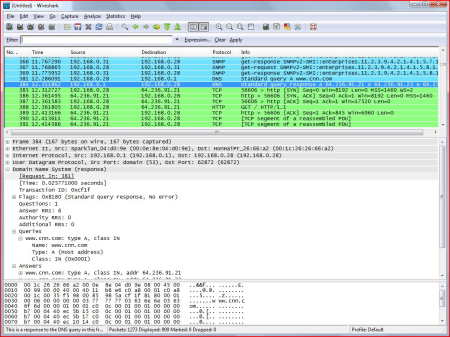A session border controller (SBC) is a dedicated hardware device or software applicationthat governs the manner in which phone calls are initiated, conducted and terminated on a Voice over Internet Protocol (VoIP) network. Phone calls are referred to as sessions.
An SBC acts a router between the enterprise and carrier service, allowing only authorized sessions to pass through the connection point (border). The SBC defines and monitors the quality of service (QoS) status for all sessions, ensuring that the callers can actually communicate with each other and that emergency calls are delivered correctly and prioritized above all other calls. An SBC can also serve as a firewall for session traffic, applying its own quality of service (QoS) rules and identifying specific incoming threats to the communications environment.
For security reasons, session border controllers are likely to be deployed on both the carrier and enterprise sides of the connection. An SBC on the enterprise side is referred to as an E-SBC.







.jpg)
